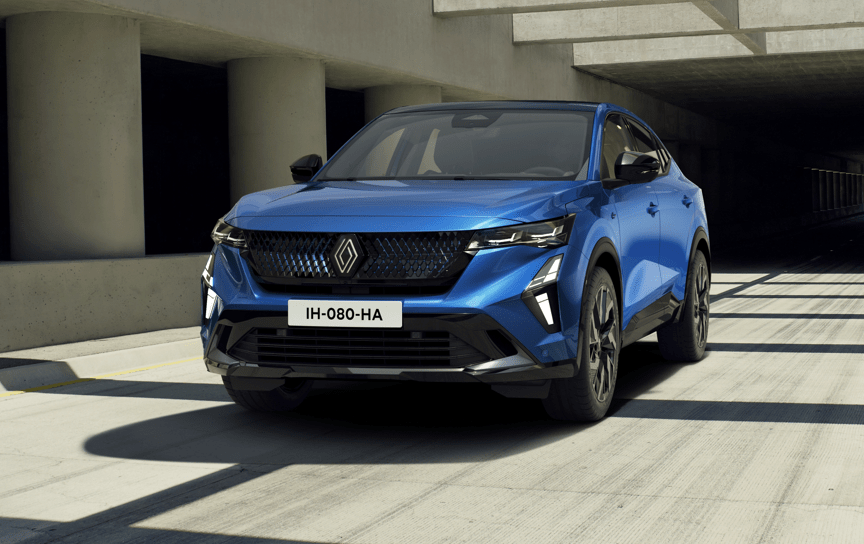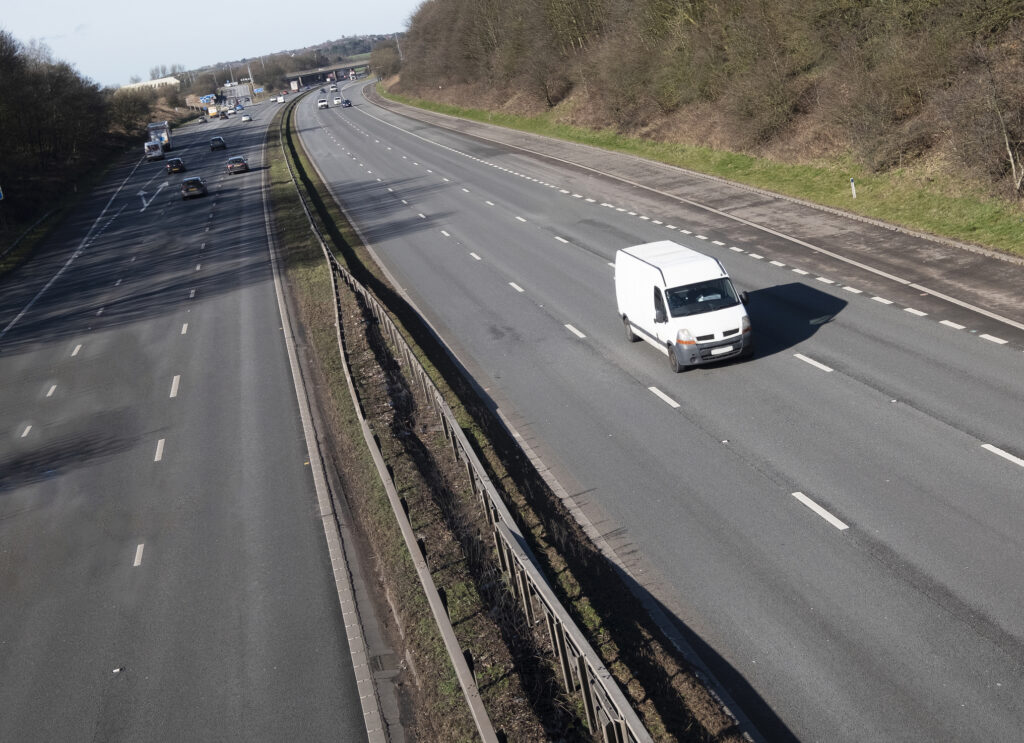US new-vehicle sales grow in August despite holiday period
29 August 2024

The US new-vehicle market is on track to record a positive performance in August, even with national holidays impacting the results. In its latest forecast, J.D. Power outlines its outlook.
Including retail and non-retail transactions, total US new-vehicle sales for August 2024 are projected to reach 1,437,954 units. This equates to a 4.2% increase from 12 months ago when adjusted for selling days. The month has 28 selling days, one more than August last year.
Comparing the same sales volume without adjusting for the number of selling days translates to an increase of 8.1% from 2023. The seasonally-adjusted annualised rate (SAAR) for total new-vehicle sales is expected to be 15.3 million units. This is a drop of 100,000 units from August 2023.
Retail sales of new vehicles are projected to reach 1,209,800 units in August. This is a 6.8% increase from one year ago on a selling day-adjusted basis. Comparing the same sales volume, without adjusting for the number of selling days, equates to an increase of 10.8% from 2023.
Holiday effects
‘As expected, new-vehicle sales in August are up from one year ago. A key element of the improvement is that this year, the Labor Day holiday weekend falls within the August sales reporting period instead of September where it normally falls,’ explained Thomas King, president of the data and analytics division at J.D. Power.
‘While the sales results for August will be positive, the SAAR, which corrects for Labor Day timing, is relatively modest at just 15.3 million units. The modest August SAAR reflects the trade-off between key factors. Discounts from dealers and manufacturers are rising, while average transaction prices are falling. As a result, the sales pace should improve.
‘However, while rising for the industry as a whole, inventory remains lean for some high-volume brands, which is limiting their sales pace. In addition, used-vehicle values continue to fall, which means buyers returning to showrooms have less equity in their trade-ins,’ noted King.
‘Furthermore, the industry is still grappling with the effects of reduced leasing activity from three years ago. Fewer leases signed then mean fewer buyers are returning to dealers to purchase or lease a new vehicle today. The number of expiring leases decreased by 8.4% from July and declined by 16% from August 2023. With fewer lease customers returning to the market, there are fewer opportunities for new sales,’ he outlined.
Retail inventory is projected to finish at around 1.7 million units, a 4.2% improvement from July and a 43.5% increase from August 2023.
Declining retail transaction prices
‘The average new-vehicle retail transaction price is declining compared to one year ago. This is due to higher manufacturer incentives, larger retailer discounts and rising availability of lower-priced vehicles,’ commented King.
‘Transaction prices are trending towards $44,039 (€39,735), down by 4.1% or $1,895 from August 2023. The combination of higher retail sales and lower transaction prices means that buyers are on track to spend nearly $50.7 billion on new vehicles this month, up 6.3% on August 2023.
‘Total retailer profit per unit is expected to be $2,249, down 33% from August 2023. This includes vehicles gross, plus finance and insurance income. Rising inventory is the primary factor behind the profit decline.
‘Furthermore, fewer vehicles are selling above the manufacturer's suggested retail price (MSRP). Thus far, only 13.0% of new vehicles have been sold above MSRP, which is down from 31.2% in August 2023,’ he stated.
‘Total aggregate retailer profit from new-vehicle sales is projected to be $2.6 billion in August. This is down 26% from August 2023.
‘Increased inventory means fewer vehicles are being pre-sold by retailers, with more shoppers able to buy directly off dealer lots. J.D. Power forecasts that 30.8% of vehicles will sell within 10 days of arriving at the dealership, down from a peak of 58% in March 2022. The average time a new vehicle remains in the dealer's possession before sale is expected to be 49 days, up from 21 days one year ago,’ said King.
Higher incentive spending
Manufacturer discounts are continuing to rise. The average incentive spend per vehicle has grown 59.5% from August 2023 and is currently on track to reach $3,035. Expressed as a percentage of MSRP, incentive spending is currently at 6.2%, an increase of 2.3 percentage points (pp) from 12 months ago. Spending has increased by $18 per unit from July 2024.
‘One of the drivers of higher incentive spending from a year ago is the increased availability of lease discounts. This month, leasing is expected to account for 24.2% of retail sales, up 3.8pp from 20.4% in August 2023,’ explained King.
Average monthly finance payments in August are on pace to be $729, up $4 from 12 months ago. The average interest rate for new-vehicle loans is expected to be 6.9%, down 36 basis points from one year ago (with one basis point equal to 0.01%).
So far in August, average used-vehicle retail prices are $27,999. This reflects a decrease of 4.5%, down $1,311 from a year ago. The decline in used-vehicle values is translating to lower trade-in equity for owners, now trending towards $7,774, a decline of $1,433 from August 2023.
‘In September, sales volumes are expected to be lighter than the previous year due to the Labor Day holiday weekend falling within the August sales reporting period. With that, all eyes will be on interest rates and the anticipated changes that could help new vehicle affordability through the end of the year,’ added King.
The details
- Average incentive spending per unit in August is expected to reach $3,035, up $1,132 from August 2023. Spending as a percentage of the average MSRP is expected to increase to 6.2%, improving 2.3pp from August 2023.
- Average incentive spending per unit on trucks/SUVs in August is expected to be $3,234, an increase of $1,254 from a year ago. Meanwhile, the average spending on cars is expected to be $2,242, up $639 from a year ago.
- Retail buyers are on pace to spend $50.7 billion on new vehicles, surging $3 billion from August 2023.
- Trucks/SUVs are on pace to account for 80% of new-vehicle retail sales in August.
- Fleet sales are expected to total 228,202 units in August, down 7.7% from August 2023. Fleet volume is expected to account for 15.9% of total light-vehicle sales, dropping 2pp from a year ago.
- Average interest rates for new-vehicle loans are expected to be 6.9%, 36 basis points lower than a year ago.
Historic high for EVs
‘The J.D. Power EV Index, which tracks the path to parity of electric vehicles (EVs) with gas-powered vehicles, reached a historic high score last month of 56 on a 100-point scale,’ outlined Elizabeth Krear, vice president, electric vehicle practice at J.D. Power.
‘July marked the fifth consecutive month that the EV Index rose. However, it is the six factors that make up the index that tell the real story of the EV ecosystem’s dynamics.
‘The interest factor reached a high for the year, with 28% of new-vehicle shoppers saying they are ‘very likely’ to consider a battery-electric vehicle (BEV) for their next purchase. Yet, the industry seems to be struggling to attract more buyers compared to one year ago,’ she continued.
‘This is despite tremendous improvements in the availability factor. Availability has increased 22 points year over year, with 66% of shoppers now having a viable alternative to a petrol-powered equivalent.
Mass market parity
‘Incentives have helped align prices in popular compact and midsize mass-market segments, making them more affordable. Mass-market and premium BEVs are at the same level and at times above parity with gas-powered alternatives from a total cost of ownership standpoint. This is driven by aggressive manufacturer incentives, federal and state incentives, and lower operating costs,’ commented Krear.
‘BEV monthly retail sales have held steady at 9.2% of the market for two consecutive months. While infrastructure remains insufficient, customer satisfaction with charging from April to June improved for a second consecutive quarter. The satisfaction experienced by Ford and Rivian owners now having access to the Tesla charging network is especially noteworthy.
‘An increase in the transition to EVs will take time, with several interdependent variables affecting adoption, but the foundation is growing as consumers try to match vehicle options with their lifestyle,’ she concluded.



